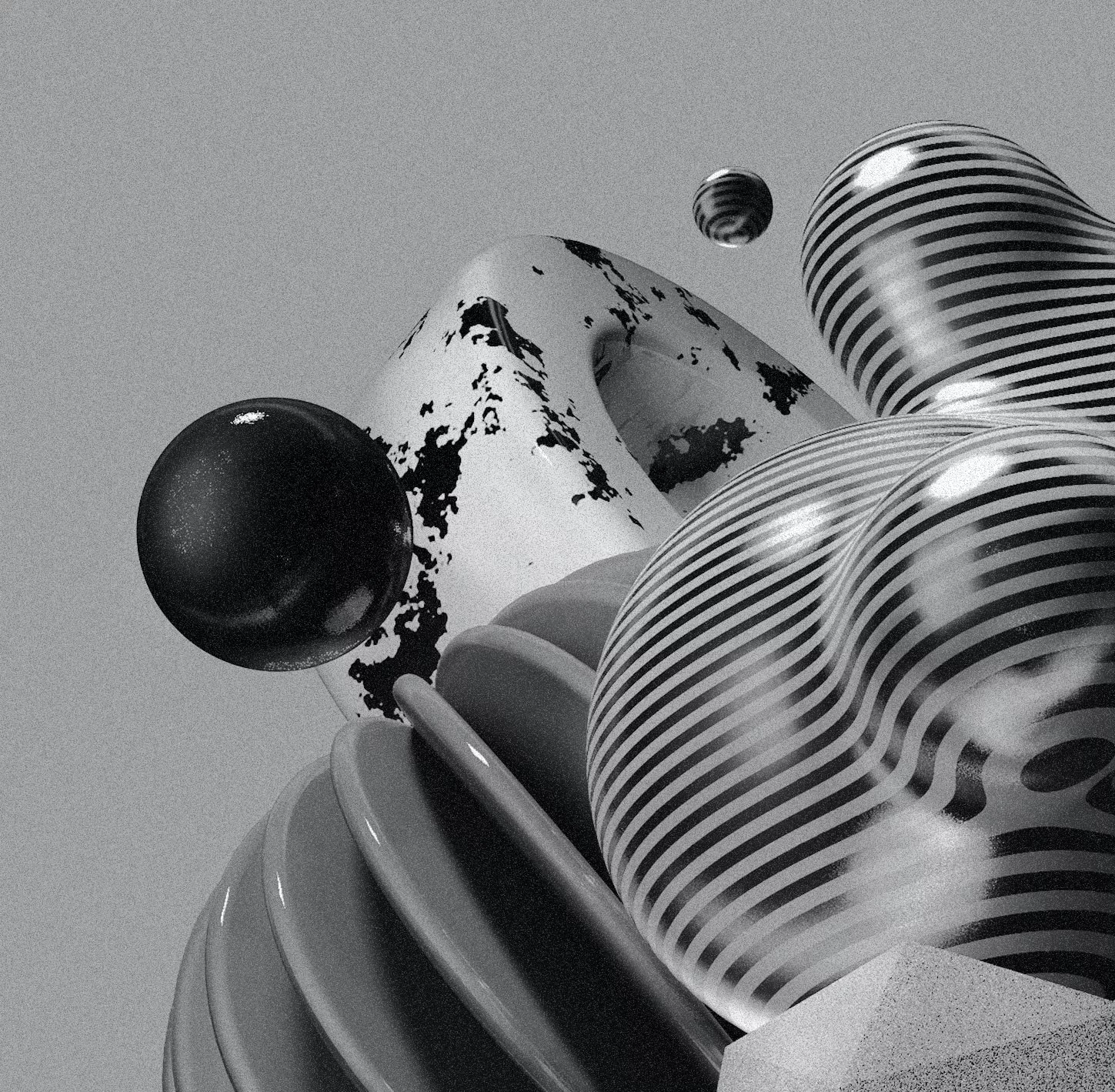Design trends are like a kaleidoscope, constantly shifting and evolving to reflect the cultural, technological, and societal influences of the times. From the ornate embellishments of the Victorian era to the sleek minimalism of the modern age, the world of design has undergone a fascinating evolution. In this article, we’ll take a journey through the decades, exploring the evolution of design trends and the factors that have shaped their trajectory.
1. Victorian Era (1837-1901): Ornate Elegance and Opulence The Victorian era was characterized by an emphasis on elaborate ornamentation, intricate patterns, and rich textures. Inspired by the romanticism of the time, design trends showcased opulent furnishings, intricate woodwork, and lavish textiles. Ornate motifs such as florals, scrolls, and arabesques adorned everything from furniture to architecture, reflecting the Victorian penchant for excess and grandeur.
2. Art Deco (1920s-1930s): Modernism Meets Glamour The Art Deco movement emerged in the aftermath of World War I, blending modernist principles with elements of luxury and glamour. Characterized by geometric shapes, streamlined forms, and bold colors, Art Deco design exuded a sense of sophistication and elegance. From skyscrapers to fashion, Art Deco influenced every aspect of design, leaving a lasting legacy of style and sophistication.
3. Mid-Century Modern (1940s-1960s): Functional Simplicity and Organic Forms The Mid-Century Modern movement embraced simplicity, functionality, and organic forms. Inspired by the post-war optimism of the 1940s and 1950s, designers favored clean lines, natural materials, and minimalist aesthetics. Iconic pieces such as the Eames Lounge Chair and the Barcelona Chair epitomized the Mid-Century Modern style, blending form and function in perfect harmony.
4. Postmodernism (1970s-1980s): Eclectic Experimentation and Playfulness Postmodernism brought a sense of eclecticism and playfulness to design, challenging traditional notions of form and function. Designers embraced irony, pastiche, and cultural references, creating visually striking and often controversial works. Postmodern architecture, with its bold colors, exaggerated forms, and eclectic mix of styles, reflected the spirit of the times and pushed the boundaries of design innovation.
5. Minimalism (1990s-Present): Less is More In contrast to the eclectic excesses of the postmodern era, the minimalist movement embraced simplicity, restraint, and purity of form. Influenced by Japanese aesthetics and the principles of Zen philosophy, minimalist design stripped away excess ornamentation and focused on essential elements. Clean lines, monochromatic palettes, and uncluttered spaces became hallmarks of minimalist design, reflecting a desire for tranquility and mindfulness in an increasingly chaotic world.
6. Digital Age (2000s-Present): Technological Integration and User-Centric Design The digital age has brought about a new era of design innovation, characterized by technological integration and user-centricity. User experience (UX) design and user interface (UI) design have become essential components of digital products and services, shaping the way we interact with technology. Responsive design, mobile optimization, and immersive experiences are driving forces behind contemporary design trends, reflecting the increasing importance of digital connectivity in our lives.
Conclusion: The evolution of design trends is a reflection of the ever-changing landscape of human culture, technology, and society. From the ornate elegance of the Victorian era to the sleek minimalism of the modern age, each design movement has left its mark on history, influencing aesthetics, functionality, and human experiences. As we continue to embrace new technologies and cultural influences, the journey of design evolution promises to be as dynamic and captivating as ever.






